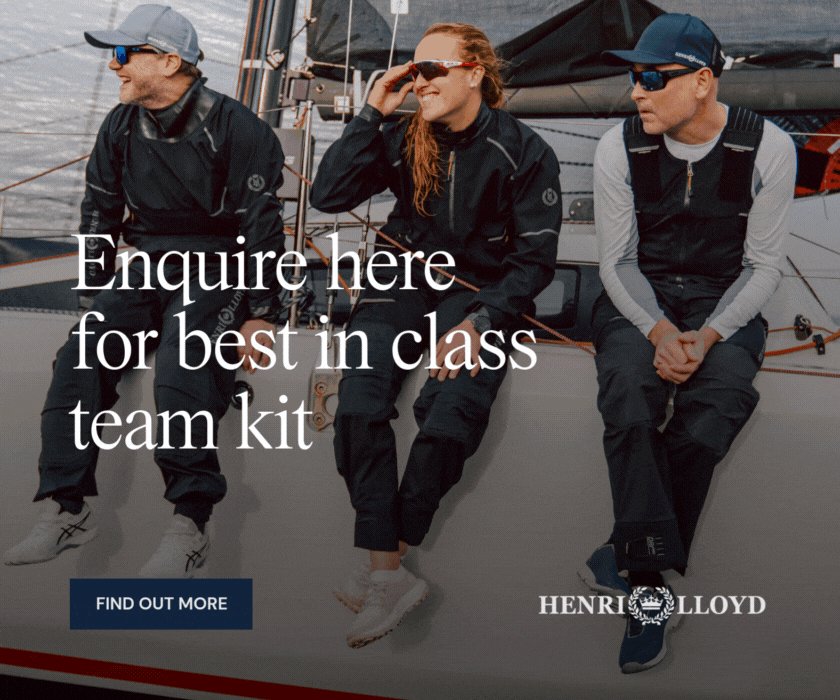
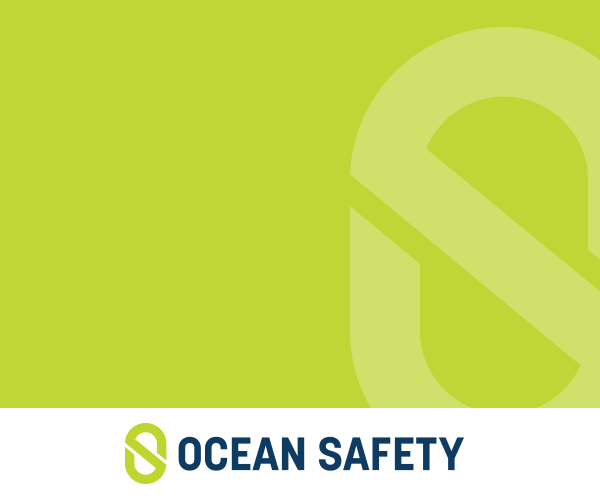

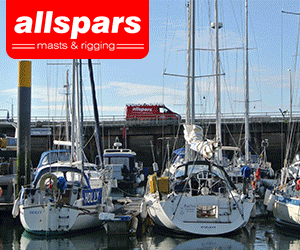

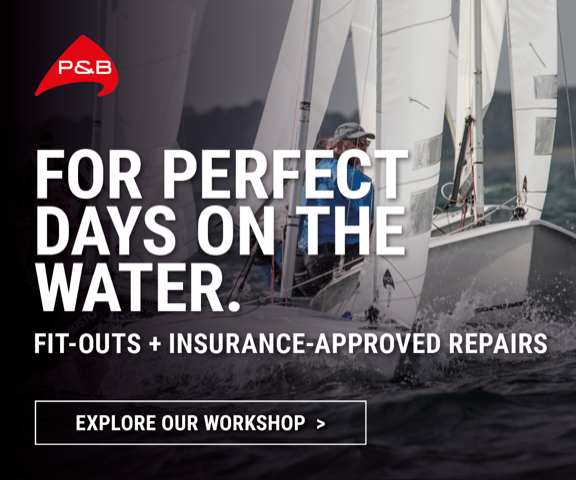

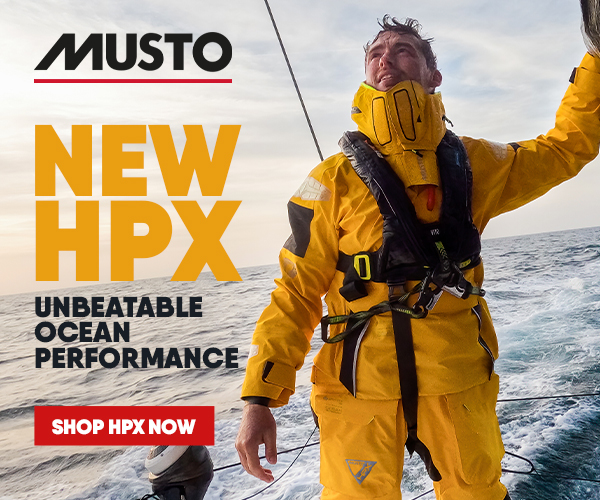
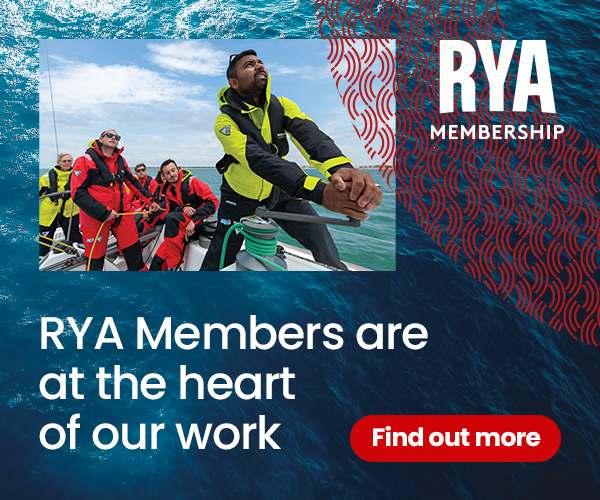

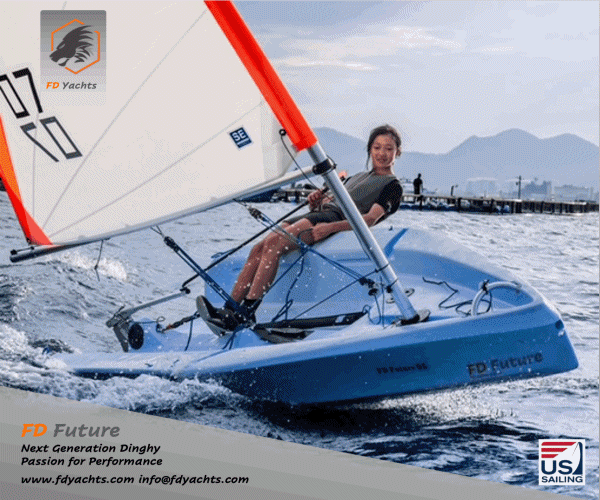
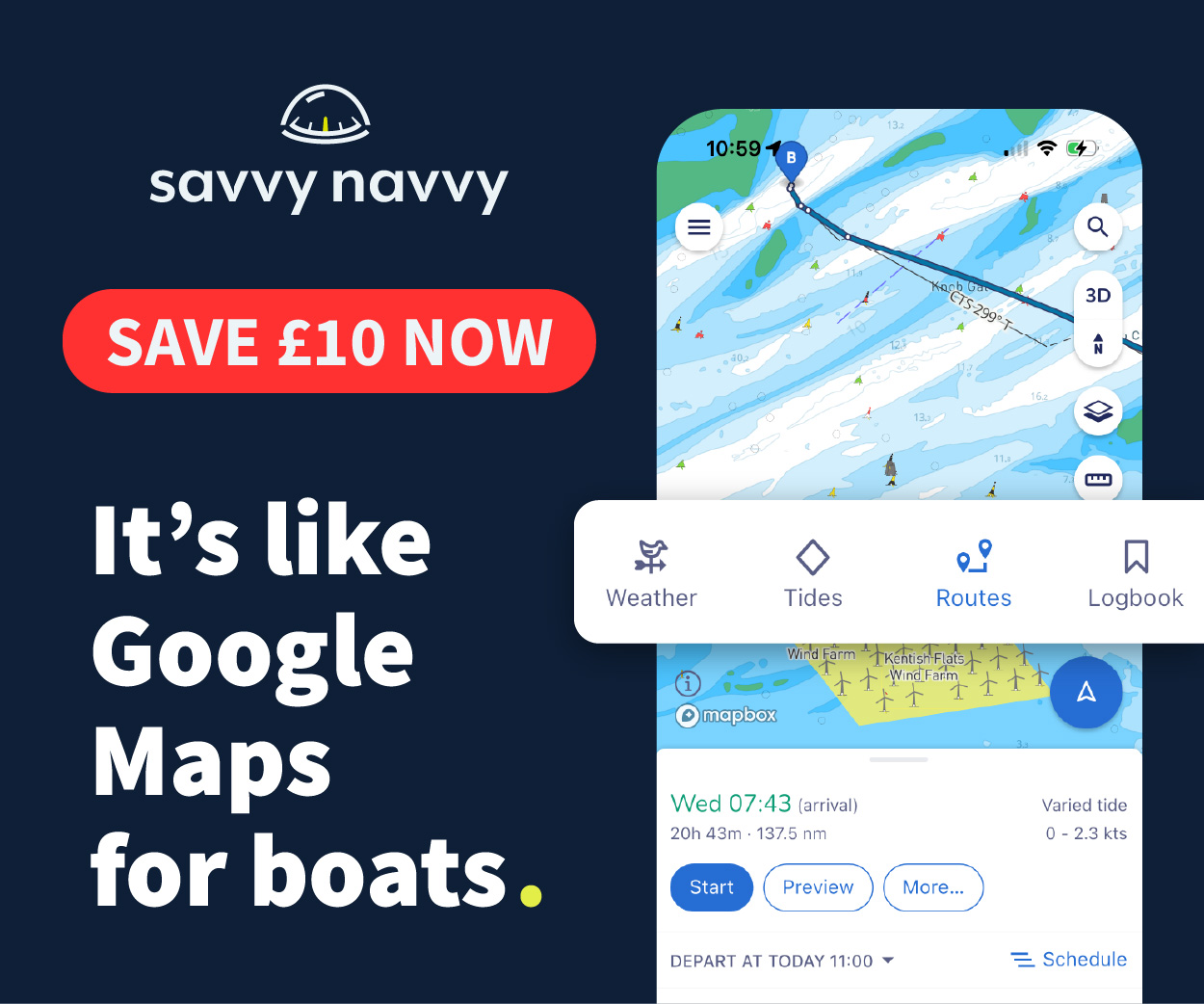

Boats for sale
| Laser 28 - Excellent example of this great design Hamble le rice |
 |
| Laser 140101 Tynemouth |
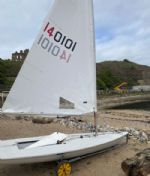 |
| Rossiter Pintail Mortagne sur Gironde, near Bordeaux |
 |
List classes of boat for sale |
The Case for a VPP style handicap system. |
Post Reply 
|
Page 123 6> |
| Author | |||
iGRF 
Really should get out more 
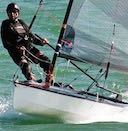
Joined: 07 Mar 11 Location: Hythe Online Status: Offline Posts: 6499 |
 Post Options Post Options
 Quote Quote  Reply Reply
 Topic: The Case for a VPP style handicap system. Topic: The Case for a VPP style handicap system.Posted: 28 Feb 14 at 8:41am |
||
We do on occasion like here.. |
|||
 |
|||
Presuming Ed 
Really should get out more 
Joined: 26 Feb 05 Location: United Kingdom Online Status: Offline Posts: 641 |
 Post Options Post Options
 Quote Quote  Reply Reply
 Posted: 26 Dec 13 at 6:45pm Posted: 26 Dec 13 at 6:45pm |
||
|
You cannae change the laws of physics. The one thing they have done is resulted in a better prediction of performance.
|
|||
 |
|||
Rupert 
Really should get out more 
Joined: 11 Aug 04 Location: Whitefriars sc Online Status: Offline Posts: 8956 |
 Post Options Post Options
 Quote Quote  Reply Reply
 Posted: 26 Dec 13 at 10:25am Posted: 26 Dec 13 at 10:25am |
||
|
Seems to me that you'd be better using the VPP to design the perfect boat (fast, stable, able to sail well in light winds and strong, inland and on the sea), then get everyone sailing it, than using VPP to fudge handicap racing.
|
|||
|
Firefly 2324, Puffin 229, Minisail 3446 Mirror 70686
|
|||
 |
|||
Isis 
Really should get out more 

Joined: 01 Sep 05 Online Status: Offline Posts: 2753 |
 Post Options Post Options
 Quote Quote  Reply Reply
 Posted: 25 Dec 13 at 10:53pm Posted: 25 Dec 13 at 10:53pm |
||
|
I have a dinghy VPP... Its not particularly good yet.
There is a lot of misconception surrounding VPPs, but a lot of the concerns expressed on this thread are valid. They can be fantastic tool if you can manage their shortcomings but expecting them to do too much is where they usually fall down. Unfortunately given the current level of development expecting a VPP based dinghy handicapping system to be superior to the PY system is probably expecting too much. Never say never though.
|
|||
 |
|||
Rupert 
Really should get out more 
Joined: 11 Aug 04 Location: Whitefriars sc Online Status: Offline Posts: 8956 |
 Post Options Post Options
 Quote Quote  Reply Reply
 Posted: 24 Dec 13 at 6:37pm Posted: 24 Dec 13 at 6:37pm |
||
|
It can be ignored at you club even under the current system. If you can't, then chancdn't be able to ignore what the VPP told you, either. Chances of a Blaze and Phantom coming out similar in a VPP? Close to zero, I'd say!
|
|||
|
Firefly 2324, Puffin 229, Minisail 3446 Mirror 70686
|
|||
 |
|||
iGRF 
Really should get out more 

Joined: 07 Mar 11 Location: Hythe Online Status: Offline Posts: 6499 |
 Post Options Post Options
 Quote Quote  Reply Reply
 Posted: 24 Dec 13 at 1:55pm Posted: 24 Dec 13 at 1:55pm |
||
Not such a bad idea, I'd like to know more about what factors their system employs, from what I've managed to garner so far, the traditional VPP's allow for heel and far more wetted surface than dinghies, so we need our own formula, like whatever it was that produced those V twin predictions. My thinking for that was rather than expect everyone to measure to that great a degree a certain bottom 'type' could be selected from a list. like say Shallow parabolic rocker, type 1, type 2 etc. to add to the sail size, number, length, beam righting moment stuff. Then once you have a solid base formula that the given boat has, it could at least be referred to by The PY muckers before they start applying all their stats. So a given boat would have a 'scratch' number, it wouldn't stop the current system of clubs varying it according to their conditions, or ambitious organisers attempting to swell their numbers, but it would at least have a number calculated as a base point and the number would have a direct boat to boat relationship which is what is missing at the moment as some boats get left on the sidelines as the chatterati have their way with fashion fads of the moment depending on who is campaigning which class. So to anecdotally explain what I mean, take the Blaze and the Phantom which were quite close, they both had different points of good performance, they were 1046 and 1047, both have been modified, both have been built in modern methods, but because the one performed better inland than the other they now have a mucked about differential, that couldn't happen under a maths based system and if it did, it could be ignored at clubs such as ours where there remains little difference the one with the other. Edited by iGRF - 24 Dec 13 at 1:56pm |
|||
 |
|||
Daniel Holman 
Really should get out more 
Joined: 17 Nov 08 Online Status: Offline Posts: 997 |
 Post Options Post Options
 Quote Quote  Reply Reply
 Posted: 24 Dec 13 at 10:17am Posted: 24 Dec 13 at 10:17am |
||
|
I think what Jim has sort of touched on is the fact that it is easier to sail a slow boat above its rating more of the time than it is a fast boat. One thing that the PY can capture to one extent- at least for an average venue in a certain wind strength average sailors etc etc - in a stopped clock tells the correct time once a day kinda way. A VPP based system could never capture this sort of effect without serious fudging. BTW, pretty sure the wolfson unit has a dinghy VPP - why not have a chat with them about implementation and codifying every racing class in the UK Graeme? |
|||
 |
|||
laser193713 
Really should get out more 
Joined: 13 May 09 Location: United Kingdom Online Status: Offline Posts: 889 |
 Post Options Post Options
 Quote Quote  Reply Reply
 Posted: 24 Dec 13 at 9:02am Posted: 24 Dec 13 at 9:02am |
||
I think what Jim has sort of touched on is the fact that it is easier to sail a slow boat above its rating more of the time than it is a fast boat. Not anything to do with designing a faster boat. Purely and simply if you wipe out in a tp52 it is probably going to take longer to recover than if you wipe out on a 30 foot cruiser. Also, even if you take the same time to get it back on it's feet as the blokes in the 30 footer it will still cost you more time against your rating percentage wise. Therefore it is easier to sail a small, slow, boat to it's rating than it is a fast tippy one where you are likely to be losing time at every corner and probably on every wave compared to the "perfect" race. On that point, perhaps it is impossible to sail a boat above it's rating, more, sail it closer to its rating than every other boat in the fleet more of the time!? VPP for dinghies will not work, at least not in the way that GRF wants it to. There are simply too many variables. That's before you even begin to consider sailor skill! Factoring that in would be ultimately pointless anyway because if it actually worked everyone would finish at exactly the same time in every race, if they didn't then there would be a problem with the system which would cause outrage!  |
|||
 |
|||
JimC 
Really should get out more 

Joined: 17 May 04 Location: United Kingdom Online Status: Offline Posts: 6662 |
 Post Options Post Options
 Quote Quote  Reply Reply
 Posted: 24 Dec 13 at 8:48am Posted: 24 Dec 13 at 8:48am |
||
Agreed, but I didn't think that was the place to mention it. IRC is a very different game since it is an empirical measurement rule aiming for simplicity and doesn't pretend to try and be all things to all. If anything does kill it it will be the lack of a proper grand prix development rule alongside it for those that wish to spend megabucks. As I'm sure you know one, IRM, was intended, but the boat owners didn't come, so the rule administrators are left treading a tricky path...
Its always been the case though. You look at IOR, long before designer's VPPS, and there was all that stuff with stupid pinched in sterns, putting the engine in the front, bow down trim, tiny mainsails and huge overlapping jibs... Even the daggerboarders... None of these were performance features, or even made for boats that were better to sail, they just slowed the boat down less than the rating reckoned... Edited by JimC - 24 Dec 13 at 8:54am |
|||
 |
|||
Presuming Ed 
Really should get out more 
Joined: 26 Feb 05 Location: United Kingdom Online Status: Offline Posts: 641 |
 Post Options Post Options
 Quote Quote  Reply Reply
 Posted: 24 Dec 13 at 8:35am Posted: 24 Dec 13 at 8:35am |
||
Saying the same thing, IMHO. Main difficulty, AISI, is that the understanding of the basic sweet spot in terms of speed producing factors - length, beam, displacement, sail area is found relatively quickly. If you make a boat that's all around faster than the rule thinks it is, you've just got one iteration further down that road. But in a modern world where the designers' VPPs are much more sophisticated than the rule writers', that's actually a road that gets travelled pretty quickly. (The other option is a one-trick pony.) So then you're left with the other stuff that the relevant rule measures, - the boat slowing stuff. And trying to get a handle on that, and working out what doesn't slow you down quite as much as the rule is where you can get a jump on your competitors.
Not necessarily the case for IRC.
Edited by Presuming Ed - 24 Dec 13 at 8:42am |
|||
 |
|||
Post Reply 
|
Page 123 6> |
| Forum Jump | Forum Permissions  You cannot post new topics in this forum You cannot reply to topics in this forum You cannot delete your posts in this forum You cannot edit your posts in this forum You cannot create polls in this forum You cannot vote in polls in this forum |
Bulletin Board Software by Web Wiz Forums® version 9.665y
Copyright ©2001-2010 Web Wiz
Change your personal settings, or read our privacy policy
Copyright ©2001-2010 Web Wiz
Change your personal settings, or read our privacy policy












 Printable Version
Printable Version Delicious
Delicious Digg
Digg Facebook
Facebook Furl
Furl Google
Google MySpace
MySpace Newsvine
Newsvine reddit
reddit StumbleUpon
StumbleUpon Twitter
Twitter Windows Live
Windows Live Yahoo Bookmarks
Yahoo Bookmarks Topic Options
Topic Options